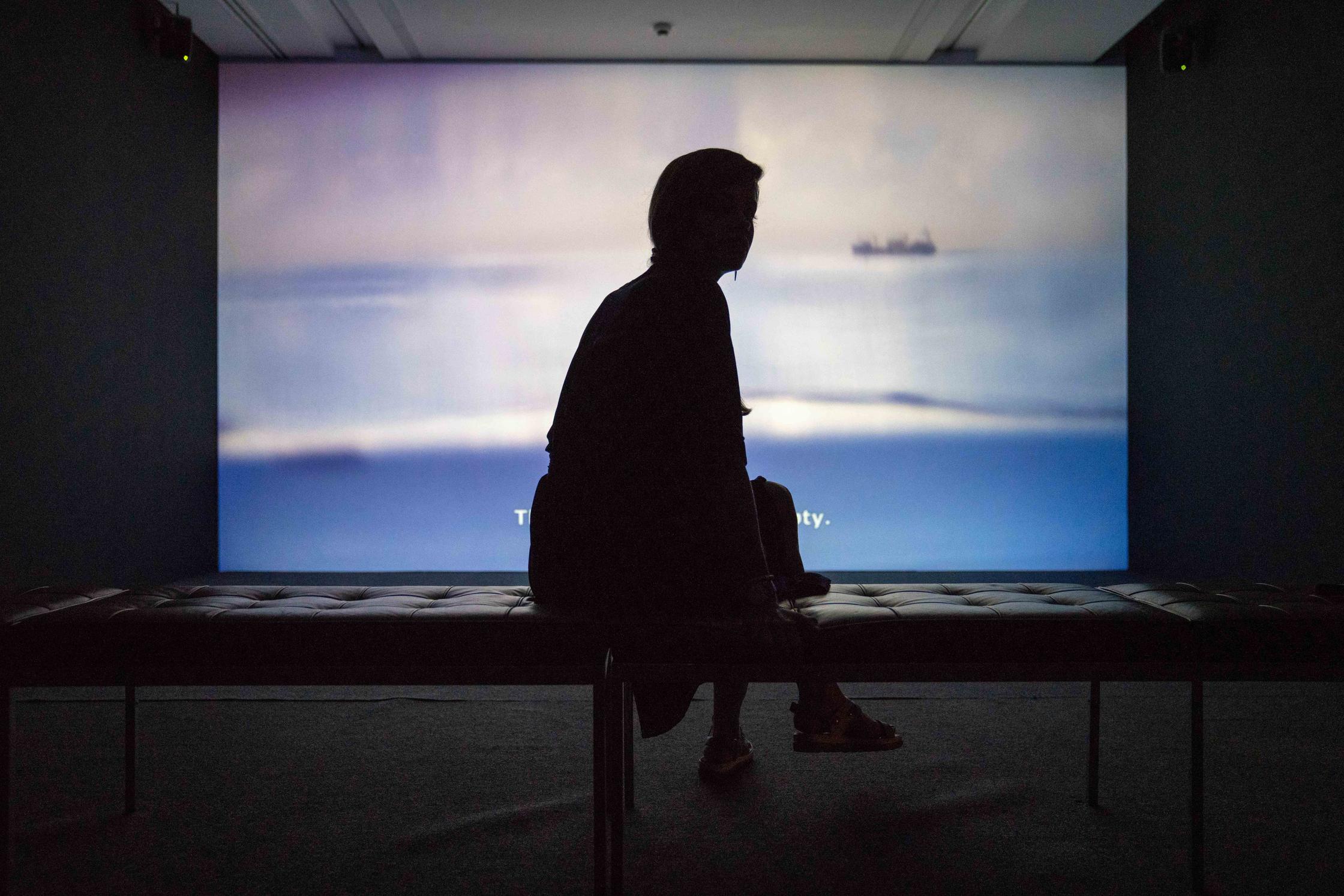How do you recognise fake news in a digital age oversaturated with information? In recent weeks, Waag completed the Proof of Provenance project. In this project, Waag worked in a coalition of Dutch partners on a system for checking the authenticity of media statements. Discover below how the system works. Can you spot the fake news?
What is Proof of Provenance?
The Proof of Provenance project investigated how online media expressions can be provided with proof of authenticity. The name Proof of Provenance is borrowed from the art world, where it describes the ownership of works of art through time. However, in the context of this research, the point is not to prove ownership or origin, but to confirm that media are authentic, with provable attributes of the sender. A characteristic of authenticity cannot necessarily be traced back to a person. In addition, an important aspect of Proof of Provenance is that it is not used to prove whether information is correct, but only that the source is, in some way, authentic.
How can it be deployed?
A system such as that of Proof of Provenance is necessary for the proper functioning of the digital 'public space'. It can be used in the form of a digital signature that allows participants and authors to demonstrate that they have certain characteristics, without revealing an exact identity. An example is a forum where girls with anorexia talk to each other anonymously. To prevent someone with a divergent of malicious motive from intervening in the conversation, one could require characteristics from the participants: female, age under 16, or possibly even an anorexia diagnosis. These characteristics are confirmed by Proof of Provenance via IRMA by specific authorities in these fields. In this case, this could be the population register and a doctor. Other applications of IRMA are, for example, an employer indicating that an author is employed within the company, or a ticket seller confirming that a buyer is the rightful owner of a ticket.
How does it work?
Taco van Dijk works as a software developer at Waag. He worked with our partners on the Proof of Provenance tool. In an interview he talks about the possibilities of the tool.
"With a next version we want to see if we can have a quote read in the context of the original web page"
The Proof of Provenance extension allows you to verify the authenticity of this quote. In this test phase, the extension only works in Firefox. Anyone who publishes an article can digitally sign this article via the Irma app. The digital signature is made visible in the extension. This way you can check whether the article was actually written by the relevant author.
After installing the extension, you can refresh this page in Firefox. You will see a notification at the top right that two Proof of Provenance fragments have been found. Can you use the Proof of Provenance extension to see which quote has been tampered with?
"With a next version, we want to see if we can have a tweet generated by an AI in the style of Elon Musk"
What now?
The project is now complete, but Waag and partners share the ambition to go further. For a follow-up, Waag would like to look at how we can authenticate smaller pieces of text, so that they can be better placed in an existing context by an editor. We want to connect the refresh mechanism to multiple content management systems so that the tool becomes even more user-friendly. It would be nice if we could involve more editors to scale up the project. For now, the editors of VPRO, Public Spaces and Waag have worked with the tool. We have now shown that it is possible, the next step is to make the tool production-worthy.
The Proof of Provenance project is a collaboration between Public Spaces, NPO, Radboud University, Privacy by Design Foundation, KRO-NCRV, VPRO, Koninklijke Bibliotheek and The Netherlands Insitute for Sound and Vision.


